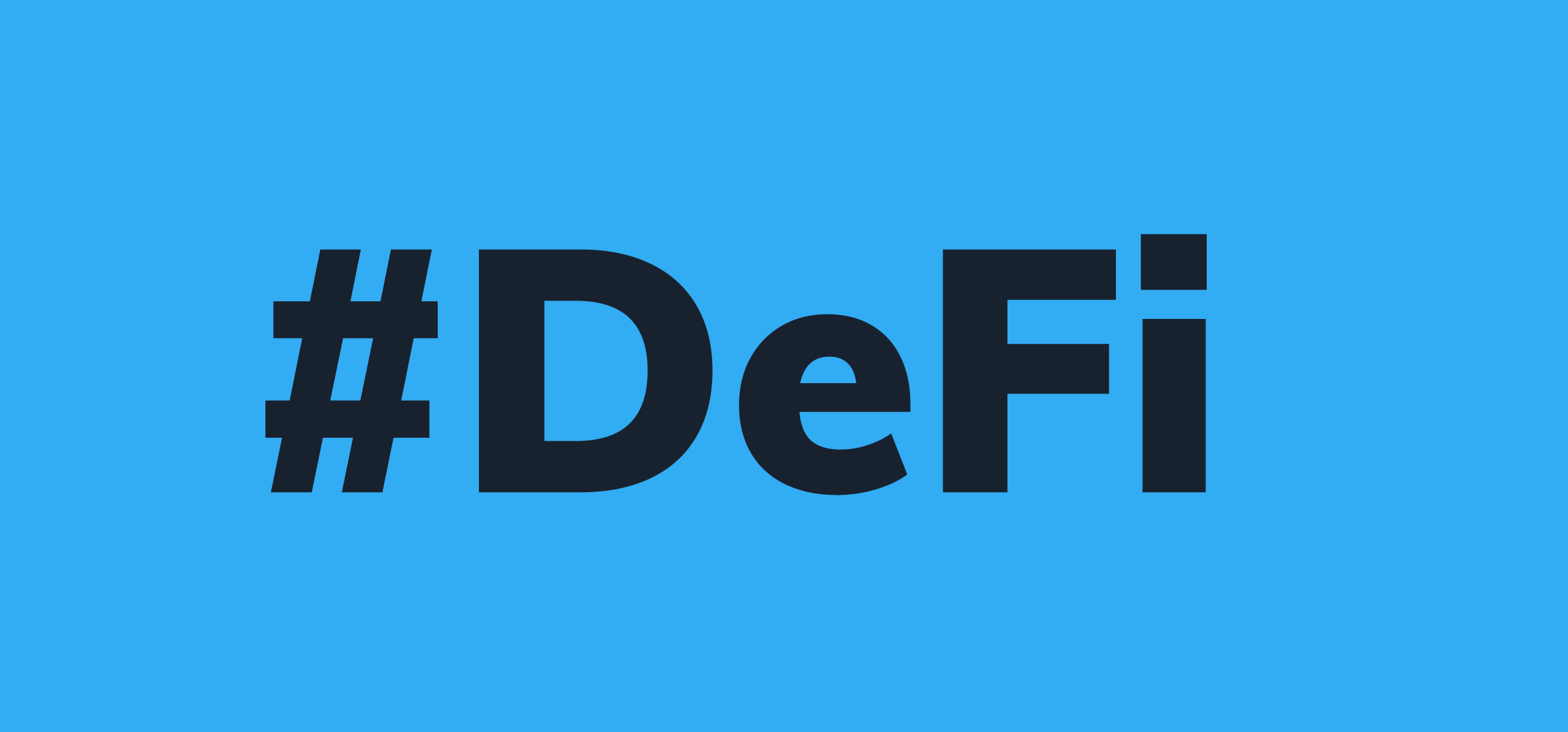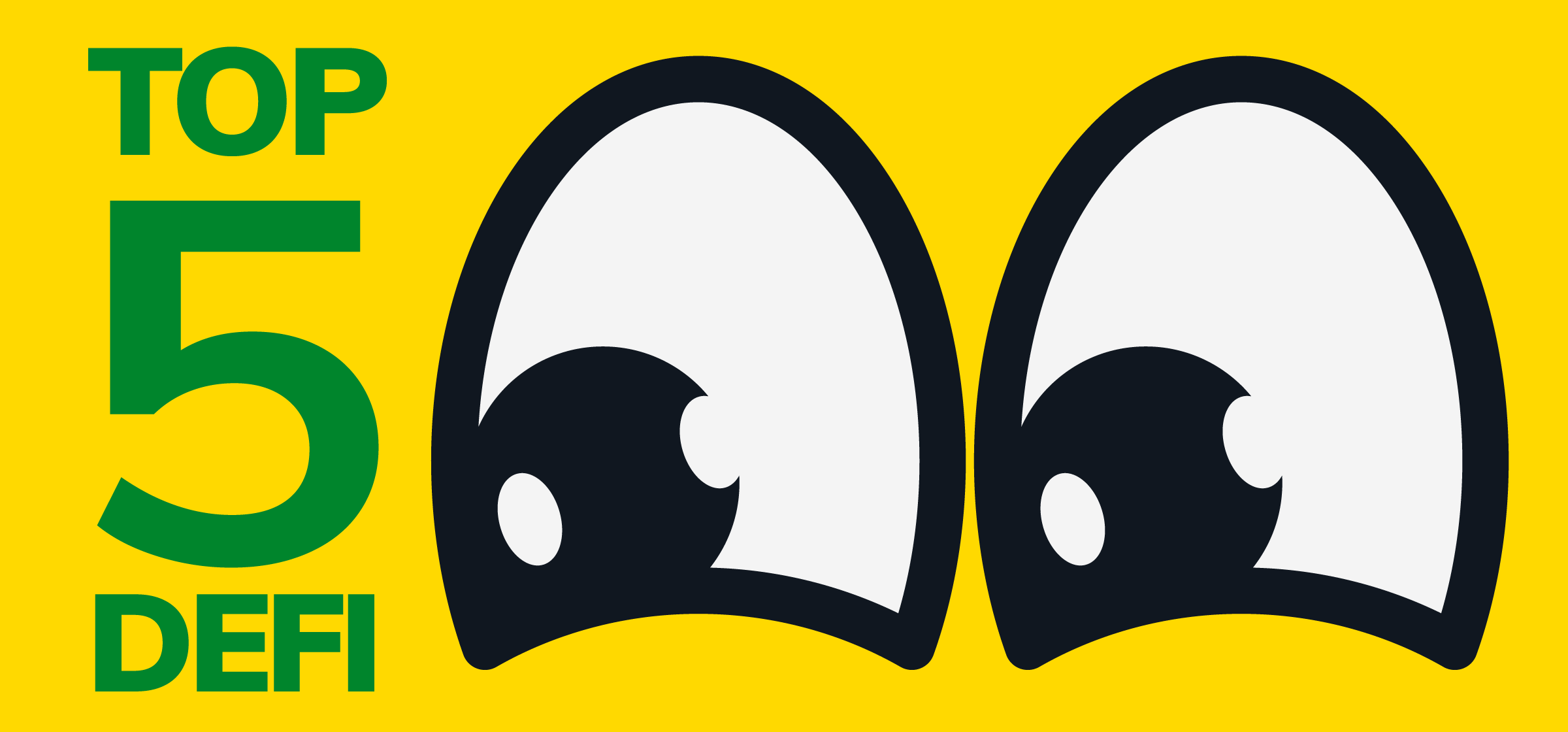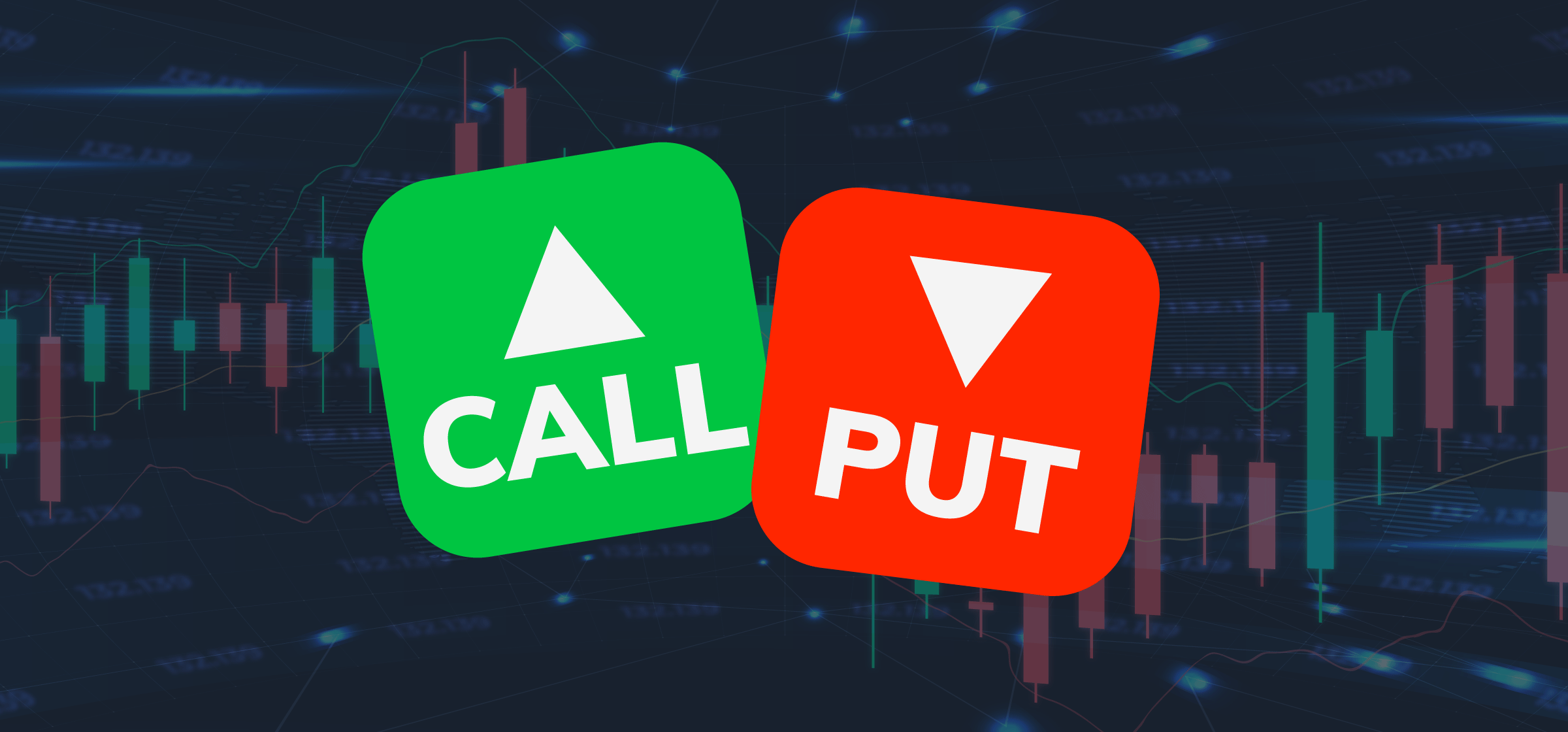DeFi
August 15, 2020
An Introduction to Decentralized Finance (DeFi) – Advantages of DeFi
Shubham GoyalProduct Specialist
Bitcoin revolutionized finance in 2009, and its underlying blockchain technology has since inspired considerable innovation and imagination in the crypto world. More recently, Ethereum came along with its smart contract abilities, expanding upon those initial possibilities. In what seems like a logical next step in this exciting evolution of the sector, DeFi is the new buzzword in the cryptocurrency space for more reasons than one. Let’s take a look at all you should know about it.
What is DeFi?
DeFi stands for Decentralized Finance and represents financial instruments and platforms on a decentralized network. These instruments and platforms essentially utilize smart contracts and allow you to store, hedge, borrow, lend, transfer, collateralize, insure, and do much more with your money. Out of all the dApps out there, this particular subset is the most promising and adopted so far.
What are smart contracts?
The term ‘smart contracts’ was first used by computer scientist, law scholar, and cryptographer Nick Szabo in 1997, long before Bitcoin was created. Szabo wanted to use a distributed ledger to store contracts.
Smart contracts are like contracts in the real world, except they’re entirely digital. In fact, a smart contract is a computer program that is stored inside a blockchain. It does not require any human intermediary to function. Instead, it is self-executing, without the need for any trust between parties. It’s truly revolutionary.
To better understand how smart contracts work, let’s consider an example of a crowdfunding platform:
- Product teams can go to a decentralized platform, create a project, set a funding goal, and start collecting funds from others who believe in the idea. The platform is essentially a third party that sits between product teams and supporters.
- If the project gets successfully funded, the project team expects the platform to give them the money.
- On the other hand, supporters want their money to go to the project if it was funded, or to get a refund when it hasn’t reached its goals.
- Both, the product team and its supporters need to trust this platform to handle their money correctly.
- With smart contracts though, a system can be built that doesn’t require a third-party platform. It automatically rewards the money if the funding goal is reached, or refunds the money to the financial backers if it isn’t reached.
So again, why should you trust a smart contract? They inherit some exciting properties by virtue of being stored on a blockchain.
- They are immutable, i.e. a smart contract can never be changed once it’s created. Thus no one can go behind your back and tamper with the code of your contract.
- They are distributed, i.e. everyone on the network validates outputs from this contract, which means no single person can force the contract to release the funds. Other people on the network will spot this attempt and mark it as invalid. Hence, tampering with smart contracts is almost impossible.
DeFi leverages the potential of smart contracts and applies it to money. From investments to lending and even insurance – DeFi runs them all.
How can DeFi help the cryptocurrency space progress?
We still live in a world where quite a few payments and transactions are condition-based. Examples of such conditions include a monthly payment, a credit, or a loan. As of now, the cryptocurrency space is still dependent on banks to a reasonable degree. What that means is that the financial systems of the world, by and large, are centralized.
But what if the financial systems too were built on blockchain? What if loans, credits, etc, were available in a decentralized ecosystem and offered with smart contracts?
Consider the example of the stable coin Tether. Tether locks fiat funds worth the number of stable coins issued, in a bank. But think about it, isn’t the whole point of decentralizing finance not needing to trust a bank? As of today, the market cap of stable coin Tether is $10 billion, which means that you depend on a bank for $10 billion.
One of the biggest examples of DeFi is stable coin DAI. The current market cap of DAI is over $300 million, which means Ethereum worth that much is locked in a smart contract.
Now ask yourself whom you would trust more. Would you trust an Ethereum smart contract or a bank that holds funds worth your Tether investment?
Ethereum is a blockchain that was explicitly created and designed to support smart contracts. While there are a handful of blockchains that support a smart contract, it makes sense that DeFi is heavily found in the Ethereum ecosystem. Here are a few advantages it offers:
- Access: DeFi is permissionless in terms of access to financial services. So no one is restricted.
- No risk of censorship: DeFi doesn’t involve the risk of censorship because transactions cannot be revoked, and the services cannot be stopped.
- Increasing use-case: As seen with the financial censorship of WikiLeaks, political commentators, etc., DeFi’s use cases are expanding.
- Less counterparty risk: Since DeFi is trustless and there’s no need for third-party validation of truth, there is less counterparty risk.
- Incredible transparency: Public blockchains are more transparent and auditable by anyone on the network, and this includes the dApp services and instruments built on top of them.
Programmable: The DeFi architecture is inherently plug-and-play, which makes it easy and cheap to build additional services, instruments, innovation on top.
Understanding financial applications of the future
The DeFi movement began gaining in popularity in 2019 but has been witnessing an exponential rise in interest (and adoption) ever since. As of August 2020, over $4 billion of assets are already part of the DeFi ecosystem. New projects continue to surface at astonishing frequencies. Some may reasonably argue that DeFi is to Ethereum what Bitcoin has been to the cryptocurrency sector.
The driving idea behind cryptocurrencies was an intent to decentralize power and improve our financial systems to be more transparent and less capable of fraudulence. DeFi is nothing but a step further in that direction. The real strength of DeFi is in taking today’s systems that depend very much on human processes like bureaucracy and paperwork, and automating them while cutting the costs of such processes and improving their transparency.
FuturesTrade Futures & Perpetual Swaps on 25+ crypto assets, with up to 100x leverage
OptionsTrade call, put or MOVE options on BTC, ETH, BNB and LINK
Interest Rate SwapsInterest rate derivatives that enable swap of fixed-floating rates
Mock Trading PlatformLearn Crypto Derivatives trading without risking real capital
Research & AnalyticsExclusive data, charts and analytics to help you trade smarter













